Who most needs inclusion in school?
When I was a class teacher, I knew clearly who in my class was on the special educational needs register and who was eligible for free school meals.
But there was a particular type of vulnerability which was totally invisible to me: children who’d had a social worker.
Thanks to Ofsted’s new framework, that’s set to change.
The new framing of inclusion by Ofsted names “pupils who are known (or previously known) to children’s social care” as a group leaders and teachers should identify and support.
I’m proud to have been part of Ofsted’s advisory group shaping the Inclusion judgement, and creating more accountability for this too-often-overlooked group.
More children than you might think have had this experience. The Department for Education’s 2019 Children in Need review looked into ‘ever-6 CIN’: children who’d ever had a social worker in the past six years (a parallel to pupil premium eligibility regarding poverty).
They found 1 in 10 children were in this category pre-pandemic. A 2024 study referenced by the recent children’s commissioner’s plan put the number at closer to 25 per cent of children.
Impact on a child’s education outcomes can be significant and long-term.
The DfE data shows ‘ever-6 CIN’ children are between 25 per cent and 50 per cent less likely to get a strong pass in English and maths. By age 21, half still had not achieved them.
Our own research at The Difference with IPPR showed that social work involvement raised likelihood of all types of lost learning and disrupted schooling, from absence to suspension and managed moves.
But what does it look like to identify and support these learners?
Too often the data isn’t easily available. Whilst children who currently have a social worker are identifiable on school management information systems, those who were previously known to social services aren’t always flagged.
Ofsted will need to be getting this data from the Department for Education if they’re going to identify this group for inspection.
But that data should be available to all schools, especially if they’re being inspected against it.
As ever, practitioners are often ahead of policymakers in some of these challenges.
Adela Kay leads the virtual school team in the London Borough of Barking and Dagenham and – ahead of Ofsted’s framework change – was already trying to tackle the issue of invisible children.
In the past few years, Adela was manually tracking these children and supporting schools as they transitioned between schools.
Now she’s evolved her management information system with the help of Pupil Pathways to track attendance and other rising risk flags, and support cross-school communication.
Meanwhile in Kent, Rebekah Simms from St Thomas Aveling school has been driving at this challenge of unseen vulnerability from a different angle.
In leading pastoral work in a busy secondary school, she realised the fantastic relationships in her form tutor teams could help identify (with parents’ consent) children who’d had a traumatic life experience like domestic violence or addiction in the home.
Rebekah extended the effective student-passport system to these pupils, co-producing notes on children’s strengths and interests, effective strategies for support and potential triggers for teachers to read.
Pupil voice surveys afterwards showed vulnerable children feeling more ‘seen’ in school.
So who does need more inclusion in school?
This Ofsted change helps another ‘group’ become more visible.
But Rebekah’s reflections echo those of our Inclusion for All campaign: getting the data right is only part of the picture.
“As a profession, we can only ever know about a small fraction of child protection issues that any given cohort of pupils have or will experience,” she warns.
That’s why her staff training is focused on insight and strategies that can benefit all pupils, whether we know their needs or not.
Because ultimately, who most needs inclusion? Well, everybody.
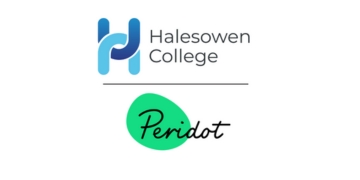


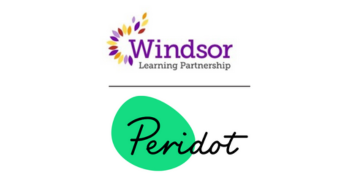
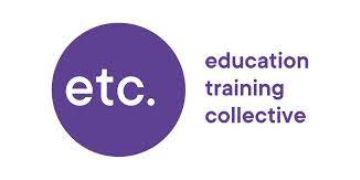

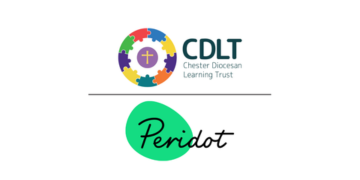




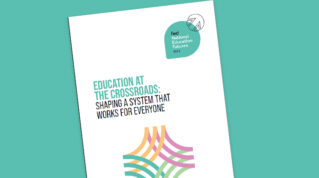


Your thoughts